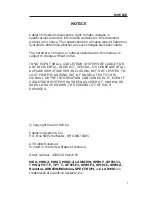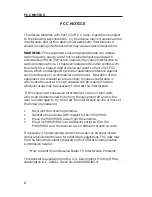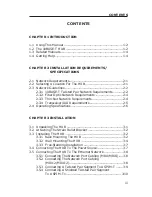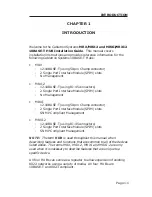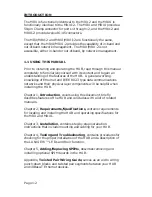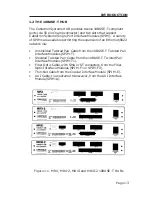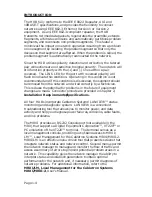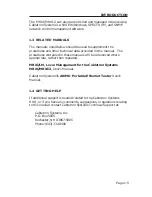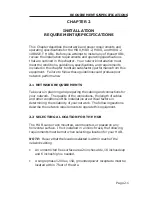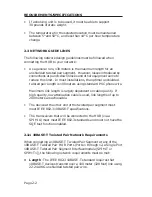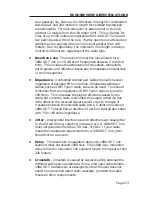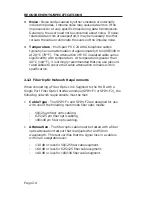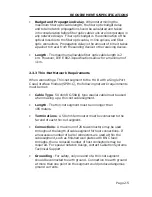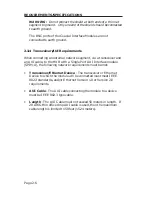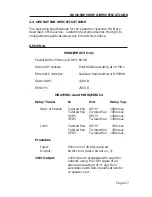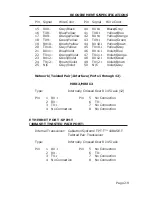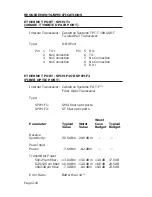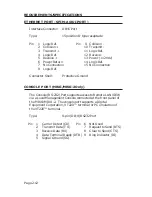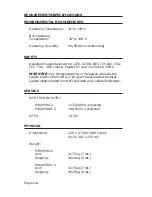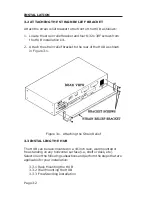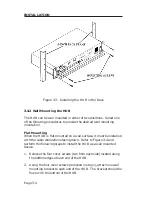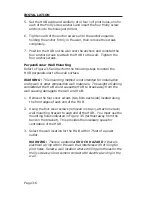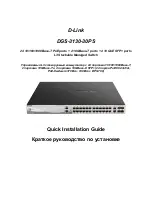
REQUIREMENTS/SPECIFICATIONS
Page 2-5
•
Budget and Propagation Delay - When determining the
maximum fiber optic cable length, the fiber optic budget delay
and total network propagation should be calculated and taken
into consideration before fiber optic cable runs are incorporated in
any network design. Fiber optic budget is the combination of the
optical loss due to the fiber optic cable, in-line splices, and fiber
optic connectors. Propagation delay is the amount of time it takes
a packet to travel from the sending device to the receiving device.
•
Length - The maximum allowable fiber optic cable length is 2
km. However, IEEE 802.3 specifications allow for a maximum of
1 km.
2.3.3 Thin-Net Network Requirements
When connecting a Thin-net segment to the HUB with a Single Port
Coax Interface Module (SPIM-C), the following network requirements
must be met:
•
Cable Type - 50 ohm RG-58A/U type coaxial cable must be used
when making up a thin-net cable segment.
•
Length - The thin-net segment must be no longer than
185 meters.
•
Terminations - A 50 ohm terminator must be connected to the
far end of each thin-net segment.
•
Connections - A maximum of 29 tee-connectors may be used
throughout the length of cable segment for host connections. If
an excessive number of barrel connectors are used within the
cable segment, such as finished wall plates with BNC feed-
throughs, then a reduced number of host connections may be
required. For special network design, contact Cabletron Systems
Technical Support.
•
Grounding - For safety, only one end of a thin-net segment
should be connected to earth ground. Connection to earth ground
at more than one point on the segment could produce dangerous
ground currents.
Summary of Contents for MRX
Page 11: ...INTRODUCTION Page 1 6...

